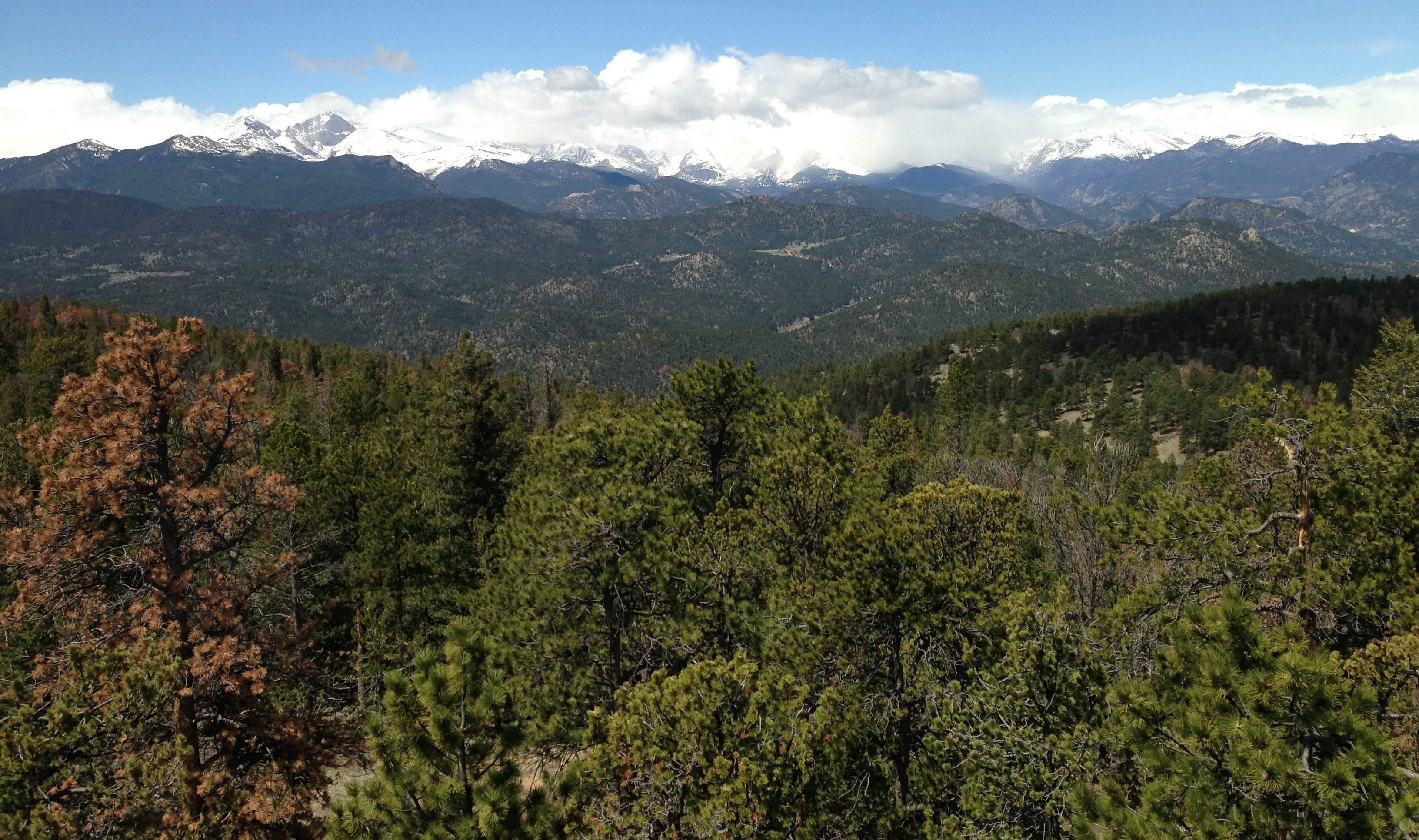We all agree that forests are important for wildlife, air quality, and recreation. One of the lesser known benefits of forests is their ability to act similar to sponges when it comes to water! They can absorb water when it is abundant and release it when it is needed. This so-called sponge effect is the result of many factors: The forest canopy catches some of the rain and slows the impact on the forest floor. Deep roots of trees eventually die, creating channels for water to infiltrate deeper into the soil as they rot. Soil-burrowing animals that live in forests, from leaf-cutter ants to mice, further loosen the soil.
The sponge effect is an important ecosystem service, especially in areas where rainfall is highly seasonal such as many tropical regions. In these seasonally dry tropics, water is plenty (sometimes too plenty) in the rainy season, whereas during the dry season, the parched soils crack and many plants go dormant by shedding their leaves.
With the conversion of many forests to plantations or cattle pastures, trees are replaced with crops, grasses, and shrubs with shallower roots and smaller canopy. With the trees gone, forest-dwelling animals disappear from the area as well. Cattle-grazing further negatively impacts the soil’s ability to absorb water as the soil compacts from trampling by cattle.
We recently published our study of several years of simulated rainfall on pastures and in forests in central Panama in Hydrological Processes. We found that forest that are at least 10 years old significantly improved the ecosystem’s ability to absorb heavy rainfall. This is especially important for Panama because the Panama Canal is operated by freshwater that falls and is stored in the ecosystem surrounding it. Increasing and protecting forest cover will not only alleviate floods during the heavy rains but also provision water during the dry season.





